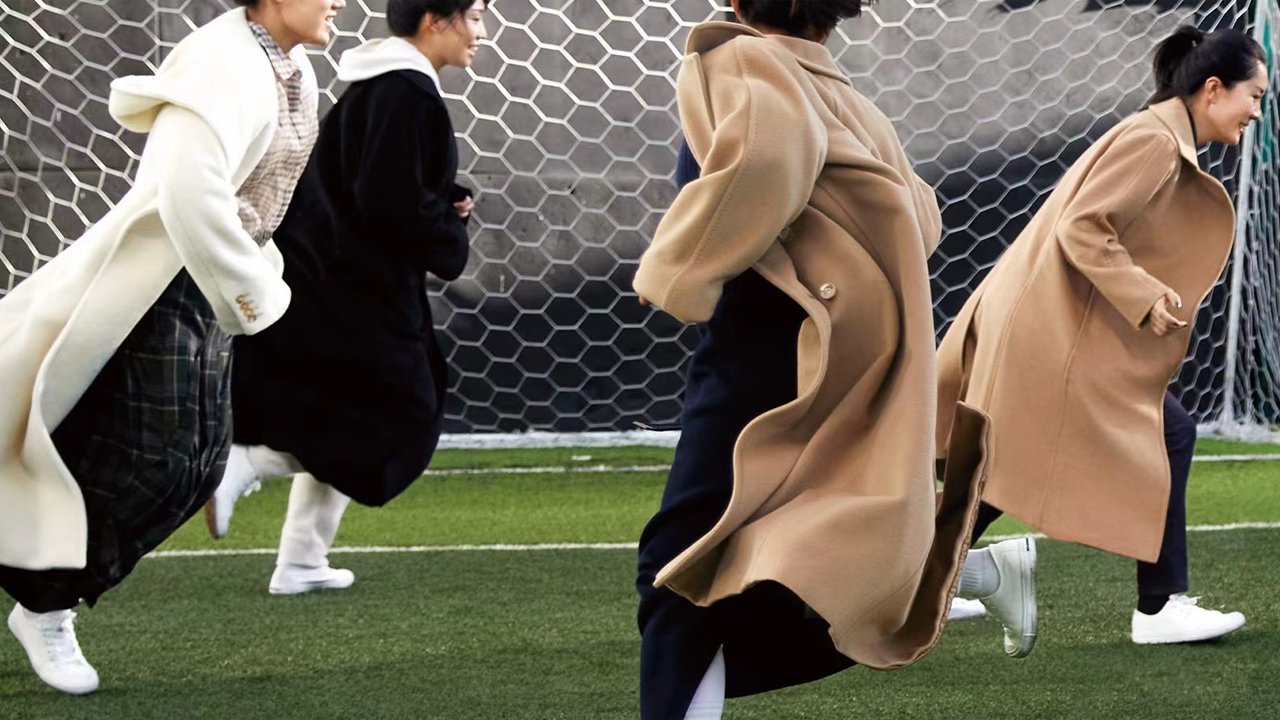Key Takeaways:#
Two-thirds of the globe’s female billionaires now live in China, and the country has the second-highest percentage of female CEOs.
Alcoholic drink consumption is becoming more gender-neutral throughout China, with data showing an increase in female drinking from 2018 to 2020, and millennial women in China are increasingly drinking premium spirits.
- But the optimism surrounding female purchasing power in China is tinged with caution, as analysts and retailers are concerned that the government could enact measures to curb spending power.
China could be just around the corner from another luxury boom now that a new group of customers has started flexing their financial muscles.
A stridently independent generation of women has started buying luxury in big numbers, as China is now home to one of the world’s richest female populations. In fact, two-thirds of the globe’s female billionaires now live in China, and the country has the second-highest percentage of female CEOs.
In a report last month, the Swiss bank UBS estimated this "female empowerment" will add between 3.3 trillion and 5.3 trillion to overall consumer spending growth in China by 2030, thanks to rising incomes and independence.
“The whole luxury sector could benefit from female consumers’ increasing wealth and spending,” says the report. Although, it points out that some luxury categories will do better than others.
Jewelry and leather goods will be beneficiaries of this boom. Nearly 90 percent of Chinese women polled by UBS said they would buy jewelry over the next 12 months, which is sure to be welcome news to brands like LVMH, Richemont, and Hermes.
But there is another, more unexpected category that will benefit from rising female spending in China: Alcohol. Alcoholic drink consumption is becoming more gender-neutral throughout China, with data showing an increase in female drinking from 2018 to 2020. In particular, beer and baijiu have gained popularity with Chinese women trying new tastes and flavors, says UBS.
We see a similar story in the premium drinks market. At the Sotheby’s rare wine and spirit auctions in Hong Kong and China, the number of female buyers has increased by 55 percent every year over the past five years. James Ritchie, head of wine and spirits auctions for Sotheby’s, added that younger buyers often make these purchases. They are “more independent and less inhibited, which runs across both female and male buyers,” he says.
Millennial women in China are increasingly drinking premium spirits, too, says Morgan de Premorel, director of Louis XIII Cognac by Rémy Martin. “In Western Europe, Cognac may be seen as a male drink, but we need to consider that [Chinese] culture is bending towards spirits like baijiu, which is very, very strong.” (Baijiu ranges between 35 and 60-percent alcohol content by volume, which is on par with Cognac.)
Scotch whiskey has been affected by this cultural shift, as well, according to Thorsten Hartmann, director of IWSR, which tracks the global drinks industry. "There's a generational shift," he stated. "The younger generation is starting to learn about whiskey." Women and millennials are making up an ever-increasing percentage of whiskey sales to China, which has become the world’s fourth-largest Scotch market.
But the optimism surrounding female purchasing power in China is tinged with caution. Most in the industry remember Xi Jinping’s 2013 anti-corruption drive all too well. A 55-percent drop in luxury imports that year hit these same products — premium alcohol, jewelry, and watches — the hardest.
No indications suggest that Xi’s new "common prosperity" drive will have this same effect on luxury imports. But analysts and retailers are concerned that the government could enact measures to curb spending power. After all, the bulk of the 5.3 trillion in consumer spending growth is attributed not to female billionaires but to the middle class.


